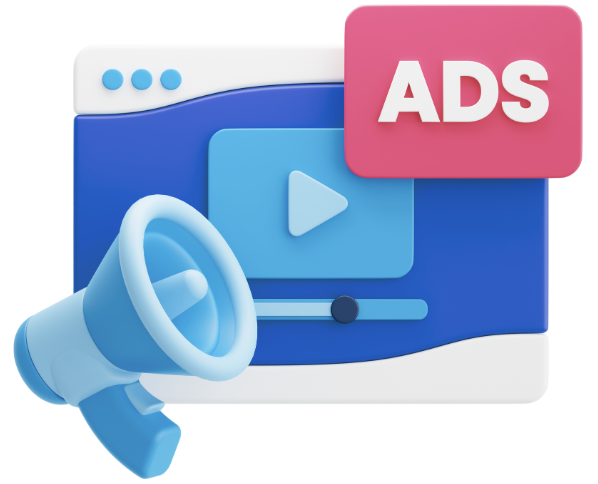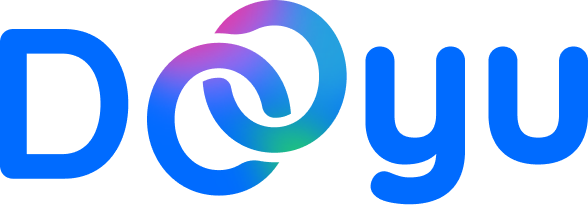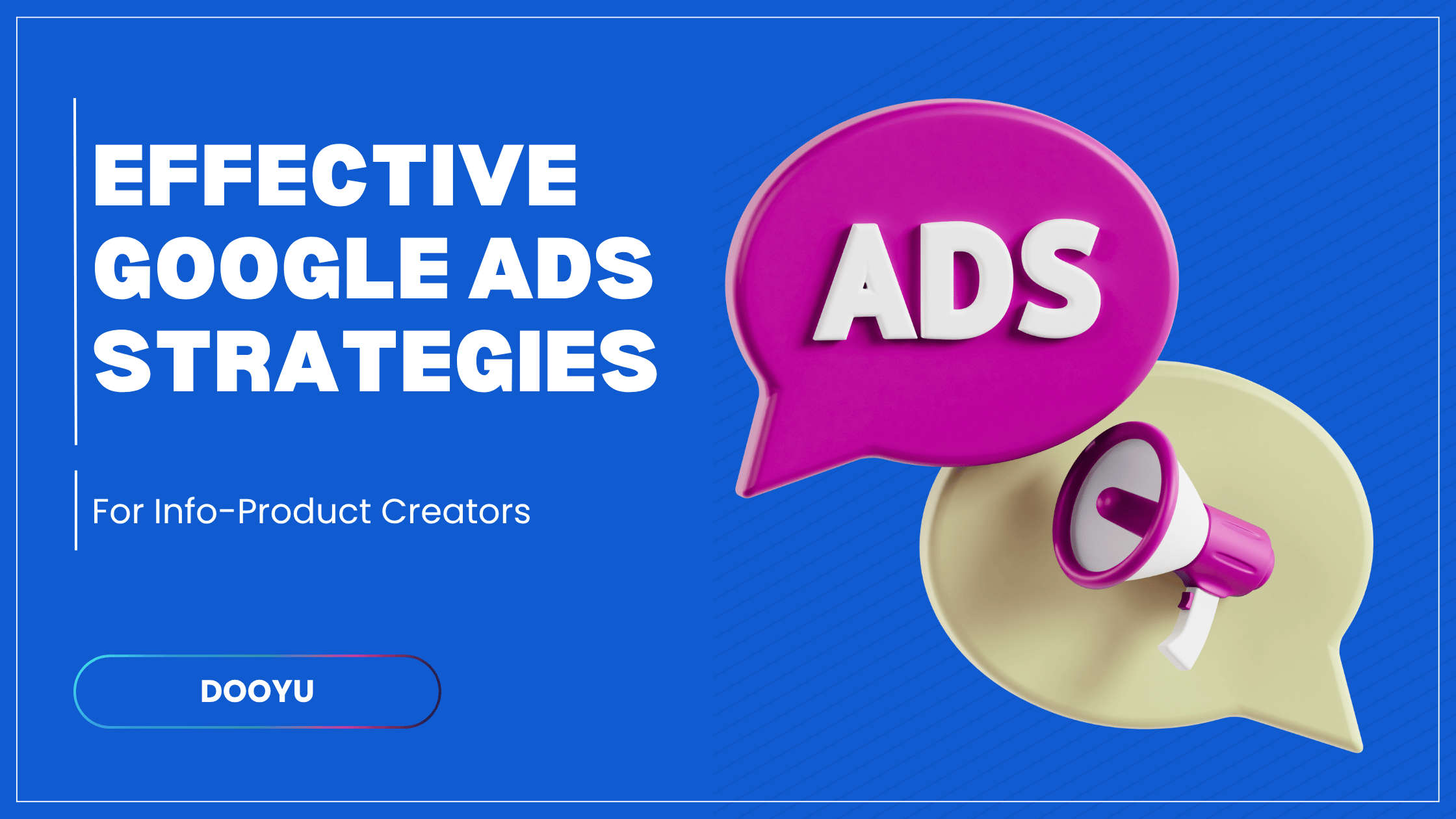Introduction
If you’re an info-product creator looking to increase your product sales, Google Ads can be one of the most powerful tools at your disposal. With the right strategies, you can reach a highly targeted audience and turn those visits into sales. In this guide, we explore how to get the most out of Google Ads to promote info-products.
Benefits of Google Ads for Info-Products
Google Ads lets you reach potential customers exactly when they’re searching for what you offer. Unlike other platforms, its pay-per-click (PPC) model ensures you only pay when someone clicks on your ad, making it a cost-effective option if managed well.
Guide Structure
This guide is divided into several sections so you can understand and apply every aspect of Google Ads. From keyword research to performance measurement and ROI, we’ll cover everything you need to get started.
Keyword Research

Using Keyword Planner
Google’s Keyword Planner is an essential tool for finding the most relevant keywords for your info-products. You can enter terms related to your product, and the planner will show you a list with search volumes and competition for each keyword.
Long-Tails and Niche Targeting
Long-tail keywords are longer and more specific phrases. Although they have lower search volume, they typically come with less competition and higher conversion rates. These are ideal for info-products, as they help reach users with a clear purchase intent.
Alternative Tools (Ubersuggest, SEMrush)
Besides Keyword Planner, tools like Ubersuggest and SEMrush are also helpful for discovering new keywords and analyzing your competition.
Account and Campaign Structure
Organize by Topic / Course

It’s important to organize your Google Ads account by the themes or courses of your info-products. This allows you to create more relevant ads and improve the overall quality of your campaigns.
Targeted Ad Groups
Create focused ad groups that target different segments of your audience. This way, each group can have ads tailored to the specific needs of those users.
Use of Exact Match and Phrase Match
Exact match ensures your ad only shows when someone searches the exact keyword, while phrase match offers more flexibility. Both are useful depending on your campaign goals.
Ad Creation and Extensions
Catchy Headlines and Persuasive Descriptions
Make sure your headlines grab attention and that the descriptions highlight the benefits of your info-products. Use phrases like “limited offer” or “exclusive discount” to capture interest.
Sitelinks, Call, and Highlight Extensions
Sitelink extensions allow you to add extra links to your ads. Call extensions make it easier for users to contact you, and highlight extensions showcase key features of your info-product.
Search vs. Display vs. Shopping Ads
Search ads appear in Google search results, while display ads appear on partner websites. Shopping ads are ideal for physical products, but can also work for info-products when set up properly.
High-Converting Landing Pages
Message Consistency with the Ad
Your landing page should continue the message of the ad. If you’re promoting a productivity course, make sure the page content reflects that same theme and delivers on the ad’s promise.

Social Proof Elements
Include customer testimonials, reviews, and success stories to boost your info-product’s credibility and build user trust.
Optimized Forms and Clear CTAs
Your landing page form should be easy to fill out, and your CTA (call to action) should be clear and compelling, like “Access Your Course Now” or “Buy Now at a Discount.”
Performance and ROI Measurement
Setting Up Conversions in Google Analytics
It’s crucial to set up conversion tracking in Google Analytics to see how many users actually purchase after clicking your ad.
CPA and ROAS Calculations
CPA (Cost Per Acquisition) shows how much you’re paying per conversion, while ROAS (Return on Ad Spend) helps you measure how profitable your campaigns are.


Data-Driven Adjustments
Review your campaign data regularly and adjust your strategy based on what works best. You can tweak keywords, targeting, or bids depending on your results.
Conclusion

Google Ads is a powerful platform for info-product creators. By applying the right strategies—such as keyword research, engaging ad creation, and optimized landing pages—you can increase your sales and grow your business.
Use Google Ads to reach your audience, test different ads, and optimize your campaigns to maximize conversions. With a well-defined strategy, you can achieve an excellent return on your investment.
Try a Test Campaign with Dooyu
If you want to learn more about integrating Google Ads into your marketing strategy, try Dooyu. We offer tools designed to optimize your campaigns and help you generate more sales.

